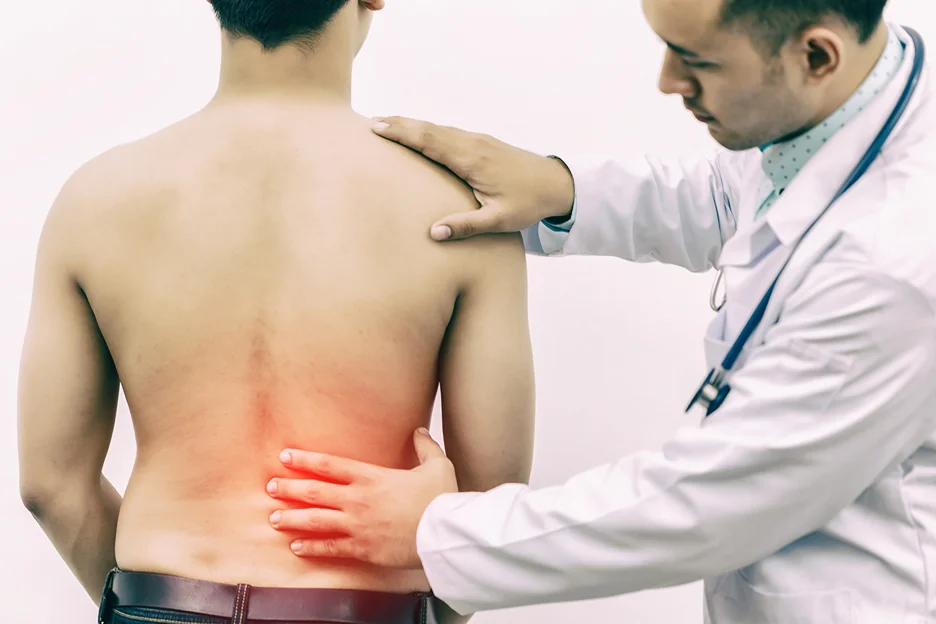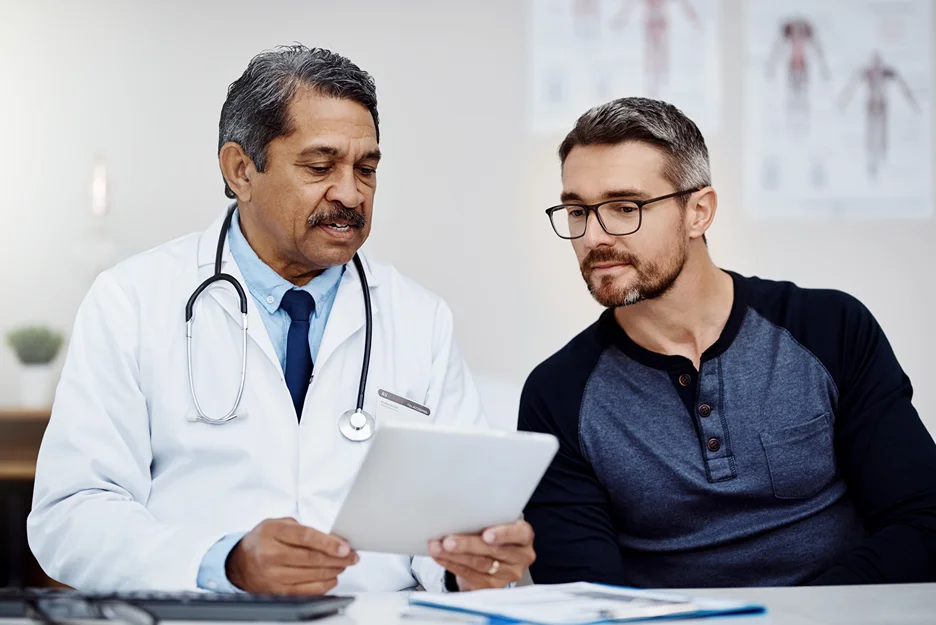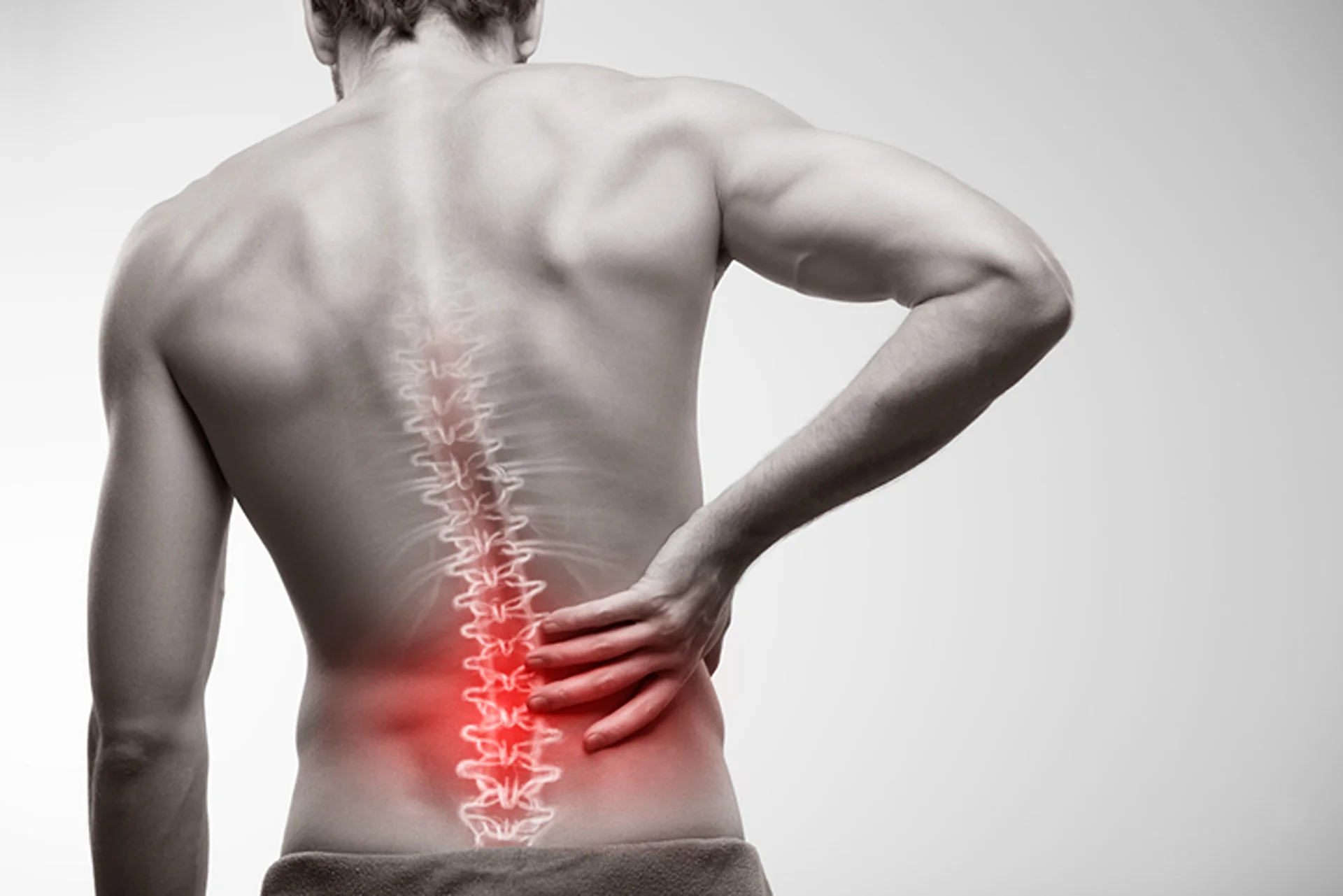If you’re one of the 80% of adults experiencing back pain right now, every movement may feel like torture. You don’t have to let lower back pain cramp your style or keep you from your favorite activities, though. The good news is that the right combination of medical treatment and at-home care can often alleviate pain and get you moving comfortably again.
Read on to learn about the common causes of low back pain, how doctors diagnose it, and the many treatment options available – from physical therapy exercises to lifestyle adjustments. With persistence and patience, you’ll be standing tall and feeling great again.
What Causes That Nasty Ache in Your Lower Back?
Your lower back supports the weight of your upper body and allows you to move, bend, and twist. So it’s not surprising that this area often succumbs to strain and injury. Here are the main culprits behind low back pain:
Muscle and Ligament Strains
Repeated heavy lifting, improper bending, and twisting, lack of physical exercise, or sports injuries can overextend or tear the muscles and ligaments in the back. Strains and sprains are especially common causes of acute or short-term back pain.
Bulging or Ruptured Discs
Discs act as cushions between the vertebrae in your spinal column. A disc bulge or rupture can irritate nearby nerves and cause shooting pain in the back. This slippage often results from a combination of age-related disc degeneration and straining injuries.
Arthritis
Osteoarthritis from age-related wear and tear on the spinal joints, along with inflammatory rheumatoid arthritis, often leads to lower back pain and stiffness in older adults.
Skeletal Irregularities
Abnormal curvature of the spine, such as scoliosis or kyphosis, causes uneven wear that can result in back discomfort. Conditions like spinal stenosis (narrowing of the spinal canal) also increase the risk of nerve compression. It is often caused by wear-and-tear changes in the spine related to arthritis
Osteoporosis
Loss of bone density leads to fractures, collapsed vertebrae, and significant back pain. This condition is common in older women after menopause.
Osteoarthritis can also affect the facet joints, the small spinal joints that allow back motion. Facet joint arthritis causes inflammation, stiffness, and localized lumbar pain that worsens with activity. It is a common source of mechanical low back pain in older adults.
Feeling Those Aches and Pains: Low Back Pain Symptoms
Low back pain can produce diverse sensations, which have the following hallmark symptoms:
- Aching, stiffness, tenderness in the lower back, especially after periods of inactivity. This may manifest as a generalized dull ache across the lumbar region.
- Intense, stabbing pain that radiates from the lower back down into the buttocks and legs
- Difficulty standing up straight or walking caused by muscle spasms in the back
- Reduced flexibility and range of motion when bending forward, backward, or rotating the spine
- Dull pain that is worse at night or exacerbated by certain movements, like lifting or squatting
See your doctor promptly if pain persists for more than 2 weeks or if any leg pain, weakness, or numbness develops. Cauda equina syndrome, a rare but serious condition caused by severe spinal narrowing cutting off the lower spinal nerves, requires immediate medical attention to avoid permanent dysfunction.
Categorizing That Pain in Your Back
Not all low back pain is created equal. Doctors classify lower back pain into several general categories based on the underlying cause and duration:
Acute Back Pain
This short-term pain comes on suddenly and lasts less than 6 weeks. It is often traced to minor strains, sprains, injuries, or overexertion. Acute back pain will generally resolve with rest, OTC medication, and gentle activity.
Chronic Back Pain
This long-standing pain persists for 12 weeks or more, even after the initial injury has healed. Chronic back pain usually results from degenerative structural problems like arthritis, disc disease, or spinal stenosis. It requires more active treatment to manage.
Mechanical Back Pain
This is the most common type of low back pain. Normally, it stems from abnormal strain on the muscles, ligaments, joints, or discs in the lumbar spine, often due to improper lifting, sudden movements, poor posture, or strenuous activity.
Radiating Pain/Sciatica
This shooting pain radiates from the lower back down the leg. It happens due to the irritation of a spinal nerve root. Radicular pain causes include herniated discs and bone spurs.
Axial Back Pain
This generalized low back pain has an unclear anatomical cause. There are no identifiable issues with discs, nerves, muscles, or connective tissues. Doctors may categorize this type of idiopathic pain as non-specific low back pain.
Inflammatory Back Pain
This chronic pain is associated with inflammatory spinal conditions like ankylosing spondylitis, psoriatic arthritis, or infections of the spine.
Referred Back Pain
This pain is felt in the back but originates from another part of the body, like the kidneys. The brain misinterprets the impulses from elsewhere as low back pain.
Distinguishing between these types guides effective treatment. Don’t hesitate to see a specialist for evaluation of stubborn or worsening lower back pain.
Getting to the Bottom of Your Back Pain

To pinpoint the underlying cause of lower back discomfort, your doctor will begin with:
Medical History
Discussion of any prior injuries, chronic medical conditions, family history of back problems, pain characteristics, and changes in symptoms will help guide the evaluation and treatment.
Physical Examination
Your doctor will assess your range of motion, watch you walk, palpate tender points, test nerve function in the legs, and check your reflexes to determine the origin of the pain.
Imaging Tests
X-rays, CT scans, and MRIs provide pictures of the lumbar spine to identify any bone spurs, disc bulges/herniations, arthritis, fractures, tumors, and malformations.
Take note that imaging is often not necessary in the initial evaluation of low back pain, especially if there are no red flags or severe neurological symptoms.
Treating That Terrible Ache: Medical Therapies for Back Pain
Based on the exam and test findings, your doctor may recommend:
Medications
Over-the-counter painkillers (e.g. NSAIDs like ibuprofen), muscle relaxants, and topical anesthetics can temporarily alleviate back pain. Prescription narcotics are used for severe short-term pain.
Muscle relaxants like cyclobenzaprine or tizanidine can help relieve muscle spasms associated with back pain, but they have significant side effects like drowsiness
Physical Therapy
Stretching, strengthening exercises, electrical stimulation, and manual therapy techniques help improve mobility and strengthen the back and core muscles.
Spinal Injections
Cortisone injections can reduce inflammation. Nerve root blocks use anesthetics to numb irritated nerves.
Surgery
If more conservative treatments fail, options like spinal fusion, discectomy, laminectomy, or foraminotomy may be considered to address structural problems.
Soothing Back Pain at Home: Self-Care Strategies
In addition to medical treatments, you can take matters into your own hands and try:
Heat and Ice
Applying heating pads or ice packs helps ease back muscle aches and swelling. Use heat for chronic pain and ice for acute pain/inflammation.
OTC Medications
Anti-inflammatory meds like ibuprofen and naproxen can relieve pain and inflammation when used short term. Acetaminophen also eases discomfort.
Rest
Take a break from strenuous activity for a couple of days to let your back recover. But don’t stay sedentary too long.
Gentle Stretching and Exercise
Start slow with light range-of-motion exercises, yoga, tai chi, walking, or swimming to improve flexibility and strengthen your back without further strain. Consult a physician about the most suitable exercise program for you.
Massage
Massage therapists can work out muscle knots and increase circulation to speed healing.
Posture and Ergonomic Adjustments
Be mindful of posture and make your workstation more back-friendly to avoid reinjuring yourself. Lumbar cushions also help.
Stress Management
Weight Loss
Shedding excess pounds and maintaining a healthy weight reduces strain on your lower back.
Red Flag Warning Signs: When to Seek Emergency Care for Low Back Pain
While most low back pain improves with conservative at-home treatments, certain red flag symptoms warrant prompt medical evaluation – ideally within 24 hours if possible.
Seek Urgent Attention If You Have:
- Loss of bowel/bladder function
- Numbness around the groin or buttocks
- Significant weakness or numbness in the legs
- Fevers/chills indicating a possible spinal infection
These alarming symptoms suggest nerve compression/damage known as cauda equina syndrome requiring emergency spinal decompression. Permanent paralysis can result if left untreated.
Other Reasons to See a Doctor Right Away Include:
- Difficulty passing urine
- Unexplained weight loss
- History of cancer
- Pain worse at night or with rest
- Severe pain unaffected by typical analgesics
- Sharp pain following significant trauma
While rare, these issues may reflect myeloma, spinal tumors, spinal fracture, or severe disc herniation warranting prompt evaluation. Don’t delay if your back pain is severe and unimproved after several days.
Remember:
- Never self-medicate with opioids or excess NSAIDs, muscle relaxants, or sedatives – speak to your doctor about an appropriate pain management plan.
- Don’t force yourself to remain excessively active with serious pain – give your back proper rest to heal.
- Follow up quickly on any neurological leg symptoms – don’t wait for them to resolve on their own.
- Partner with your healthcare providers for optimal treatment of sudden acute or worsening low back pain.
Remaining vigilant for red flags, even amid intense pain, can help prevent adverse outcomes and long-term back problems. Report warning signs immediately and comply fully with medical advice, physical limitations, and specialist referrals.
Start Living with Proper Low Back Pain Care

While back pain can certainly slow you down for a while, most cases improve substantially within a few weeks to months with a combination of at-home and medical treatments.
Getting an accurate diagnosis is key to tailoring the right plan to alleviate your discomfort. Patience and persistence with both physical therapy and a healthy lifestyle will further speed your recovery so you can move with ease again soon!
If you’re still suffering from lower back pain after exhausting self-care techniques, don’t remain hunched over in pain. Seek out a back pain specialist who can determine if other medical interventions may help.
Kaly connects patients with experienced family doctors and specialists for in-office or online consultations. Contact us now and be matched with a provider who can provide lasting pain relief and free you from any type of pain related to your back!
